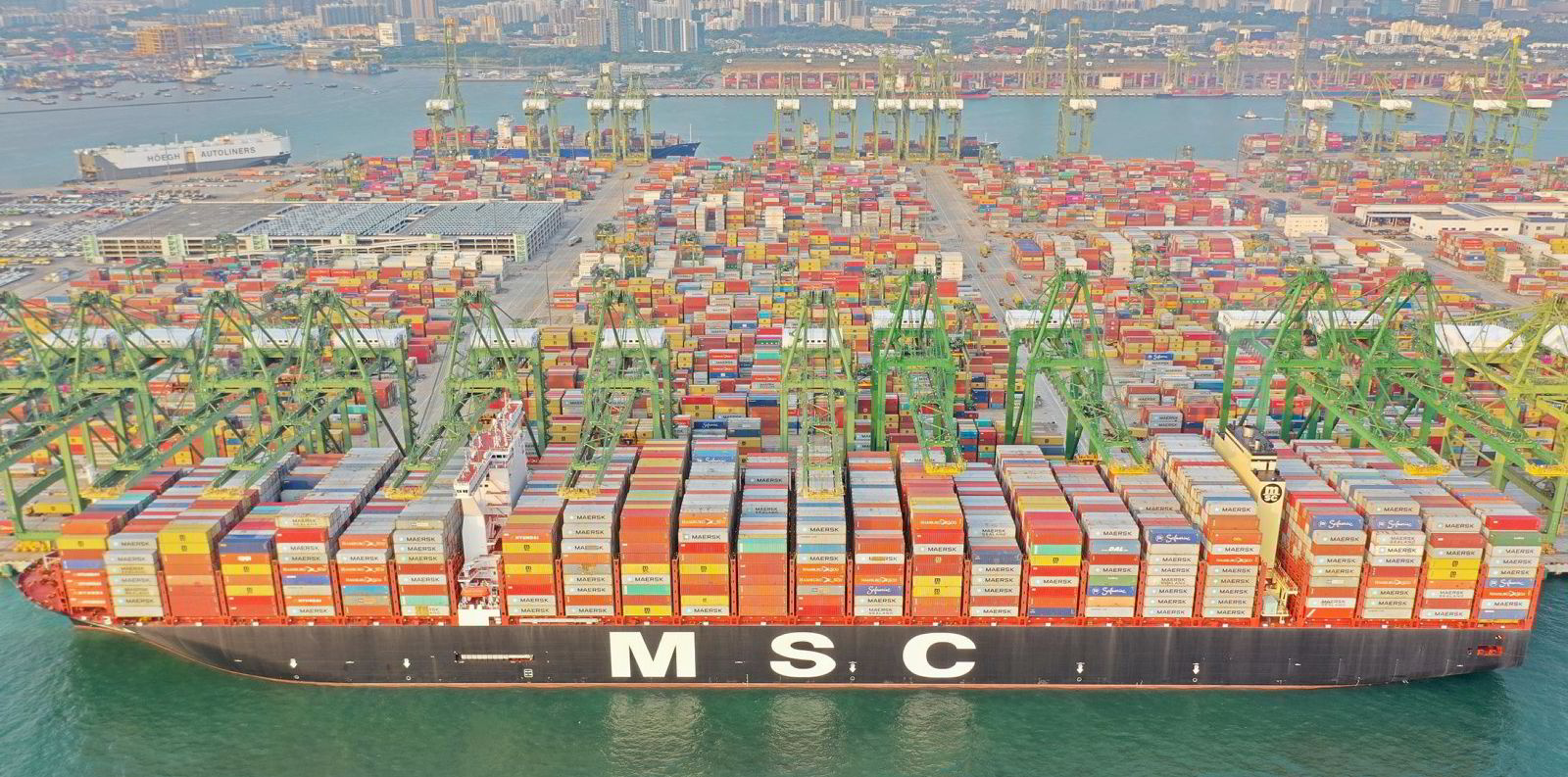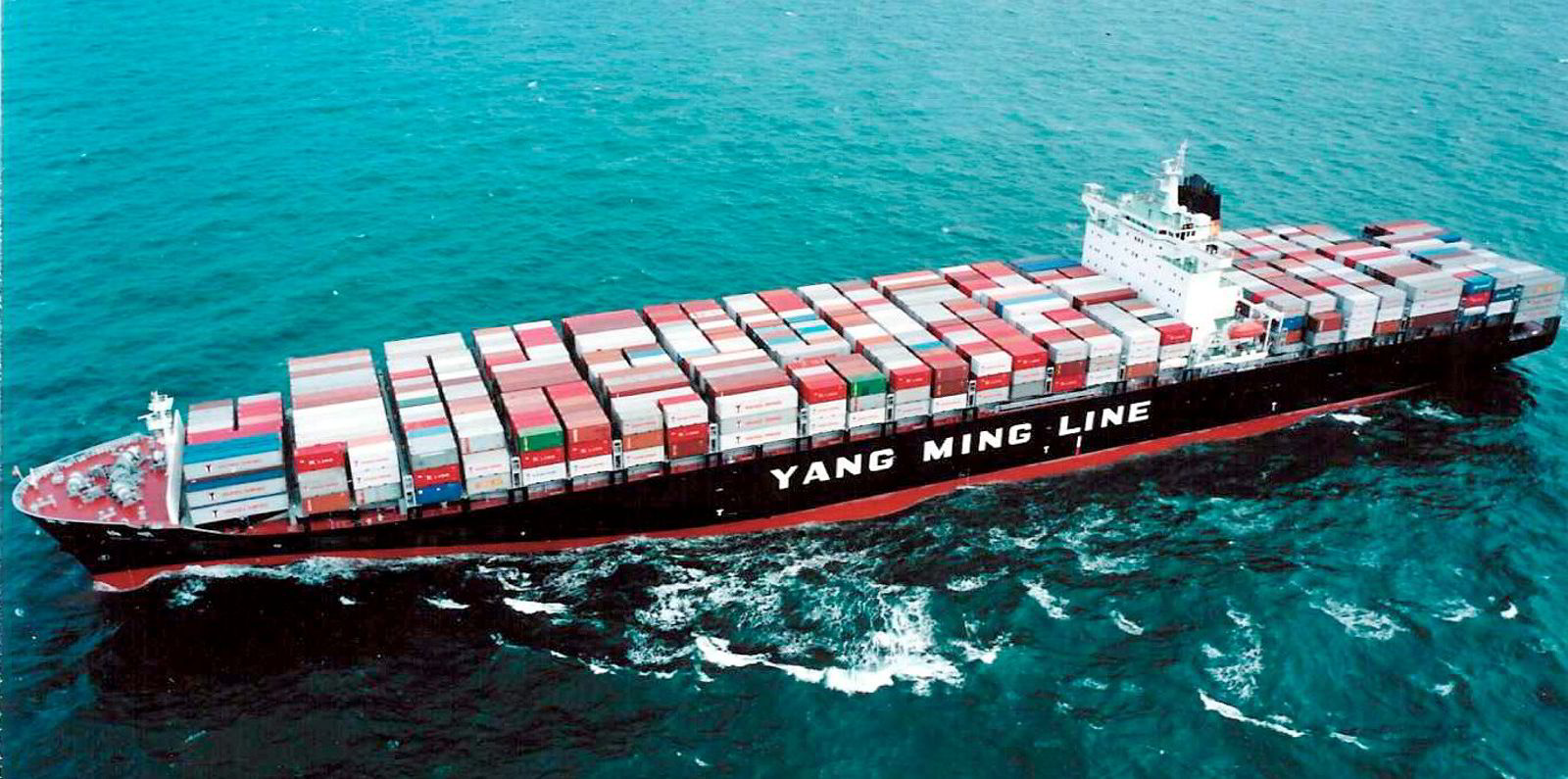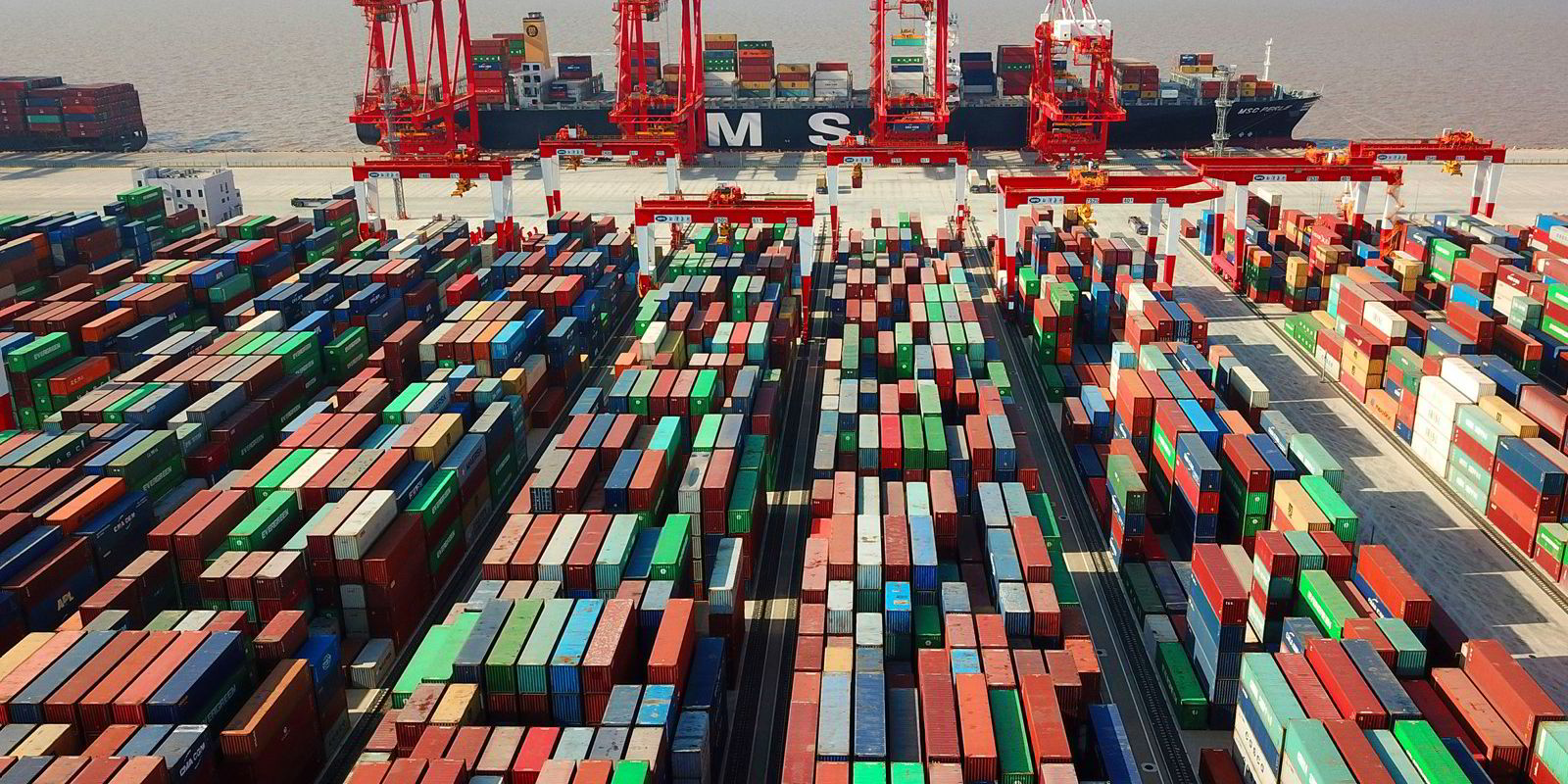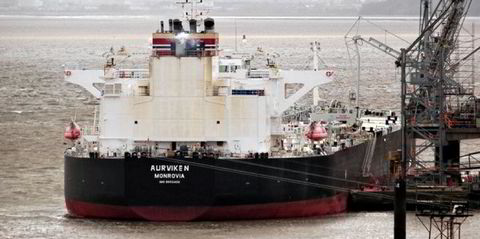Containerships calling at Singapore face increased delays in berthing due to a surge in vessel calls.
Industry sources told S&P Global Platts that an 18,000-teu containership now faces a delay in turnaround of up to five to seven days from the normal maximum of two days.
“There is a lot of port congestion in Singapore, which is one of the biggest factors,” an unnamed freight-forwarding source told the pricing agency.
The number of vessels staying at Singapore port for more than two days in January was 46 per day on average. That is up about 59% compared with January 2020, when there were 29 such vessels per day, according to S&P Global Platts’ cFlow data.
The average number of vessels staying at the port for more than two days peaked last November, at 49 per day, compared with 17 per day in the same month in 2019.
Singapore terminal operator PSA said it has been “deploying additional resources and ramping up its capabilities” to support the increased activity.
“The global pandemic has resulted in industry disruptions affecting cargo owners and communities worldwide,” said Seow Hwee, PSA's head of cargo solutions in South East Asia.
“Closer collaboration and increased cargo movement visibility will go a long way towards keeping supply chains flowing smoothly and safely. By leveraging our port facilities and supply chain capabilities, PSA will continue to engage and work with cargo owners to tailor bespoke solutions to meet their unique needs.”
Global spike in port congestion
Singapore, a key transshipment hub for major trade routes, is not alone in suffering from heightened congestion, according to IHS Markit.
Congestion at major global seaports spiked in the second half of 2020. Ships requiring the loading and unloading of more than 6,000 containers per visit spent an average of over 83 hours in port, a rise of 20% year on year.
Global port delays for ships doing smaller workloads were up between 7.8% and 9.5%, depending on the call size.
Platts said this congestion has had a knock-on effect on spot container freight prices, where exports from Singapore to North America have attracted higher pricing relative to other ports in South East Asia.
“Sources said the freight plus priority-loading premium cost from Singapore to East Coast North America is around $10,000 to $15,000 per feu [40-foot equivalent unit], around $6,000 to $8,000 per feu higher than other main ports in South East Asia such as Vietnam and Hong Kong,” the pricing agency said.
“Prices in Singapore used to be at par or even lower than China, but now the situation is different because carriers are first deploying capacity in China and other regions are secondary.”
IHS Markit said the global congestion phenomenon also affected gateway ports in Europe and Asia, including some normally associated with high levels of performance.
China's Qingdao port's average in-port time for ships with in excess of 6,000 containers jumped to more than 50 hours in the second half of last year, a 21% rise from the same period of 2019.






